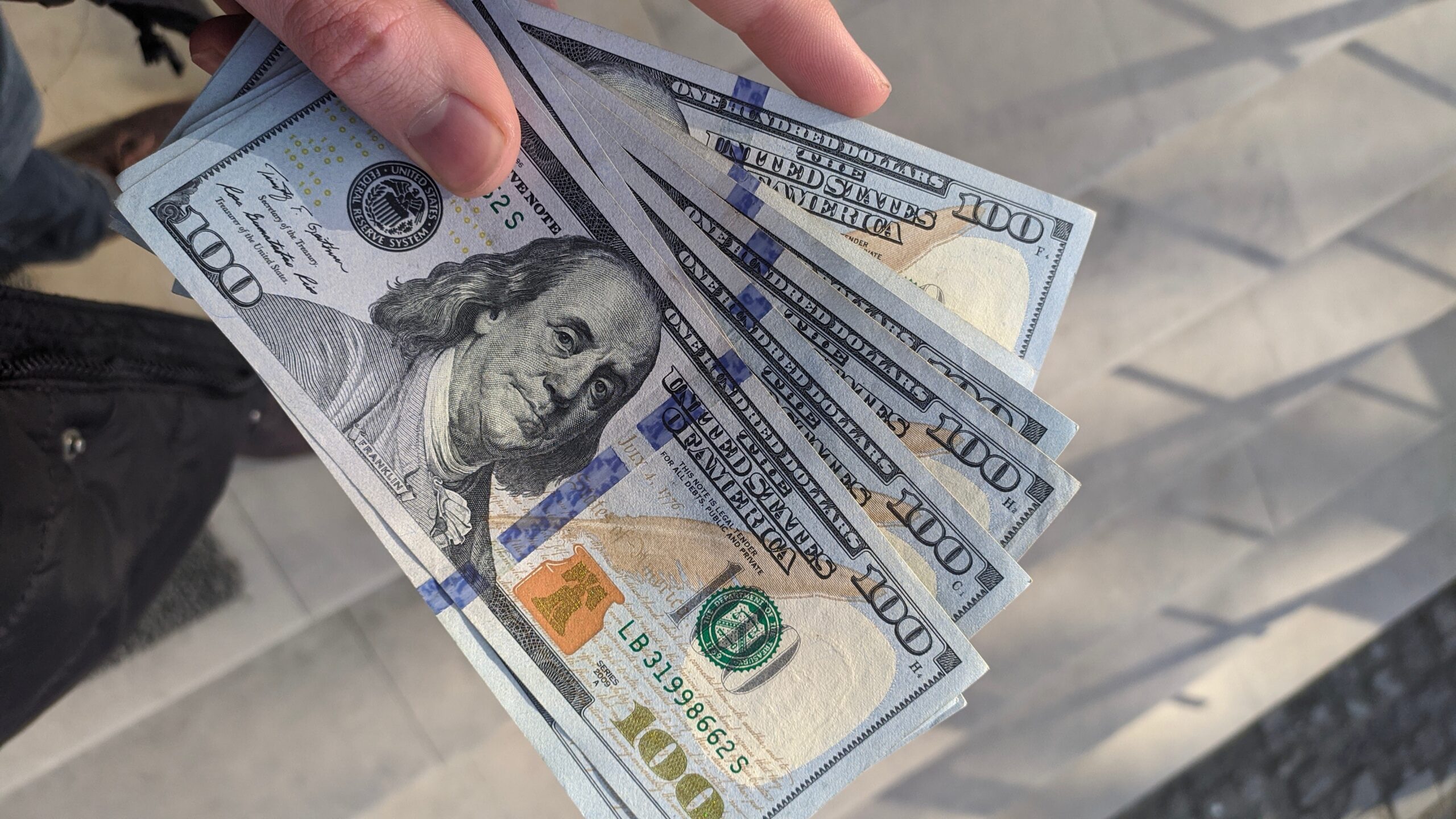US records highest annual inflation rate for almost 13 years
The month of May saw consumer prices continuing to rise steeply with a surge of 5% over last year. On a month-to-month basis, this equates to a seasonally adjusted figure of 0.6% on overall prices and 0.7% on core prices.
One of the highest figures recorded was in the used vehicle market. Prices for used trucks and cars rose sharply by 7.3% compared to April’s figures. This accounted for a third of the overall rise in the price index. Other contributing sectors include airline tickets, apparel, and furniture, all of which rose steeply during May.
According to a report by the National Federation of Independent Business, nearly half of small businesses have indicated that they increased their prices in May. This is the highest share since 1981.
The measurements are boosted by them being compared against figures from last year. Lockdowns that were enforced during the pandemic had caused the prices of goods to plummet as a result of collapsing demand for both services and goods.
This “base effect” is expected to create significantly higher inflation rates for the summer months but should begin to ease into the fall.
Numerous reasons across consumer sectors are driving the inflation rate.
The computer chip shortage affecting the automobile industry has resulted in soaring prices for new vehicles. This has had a knock-on effect in the used auto sector.
The rental car sector has also seen rising prices, as the height of the pandemic had seen many companies sell their fleet vehicles as travel demand plummeted. With traveling returning to normal, many are now relying on rental vehicles to fill the shortfall.
The story is similar in the airline and hospitality sector. Both airfares and hotel-room rates are on the increase as consumers begin to travel again.
Food companies have said that their costs are soaring at a worrying level. This has resulted in them raising the prices on many common foodstuffs., Jeff Harmening, Chief Executive of General Mills Inc., said during a recent investor conference –
“The inflation pressure we’re seeing is significant. It’s probably higher than we’ve seen in the last decade.”
It’s a point that others in the food industry have backed up, claiming they are facing a perfect storm of increased transportation costs and labor costs, as well as increased prices on commodities and raw materials. Most large food companies have already raised prices, some of which the consumer is already paying for, whilst others will begin to appear on the supermarket shelves later in the summer.
The increase in prices is reflecting vigorous consumer demand, which has been lifted by successful vaccination roll-outs, increased savings, relaxed restrictions, and the trillions of dollars poured into the economy by the government in pandemic relief programs.
The Federal Reserve is forecasting that inflation will rise temporarily this year, but a sustained increase could force the central bank to rethink its easy-money policy earlier than had been anticipated to achieve its aim for a 2% inflation goal.
